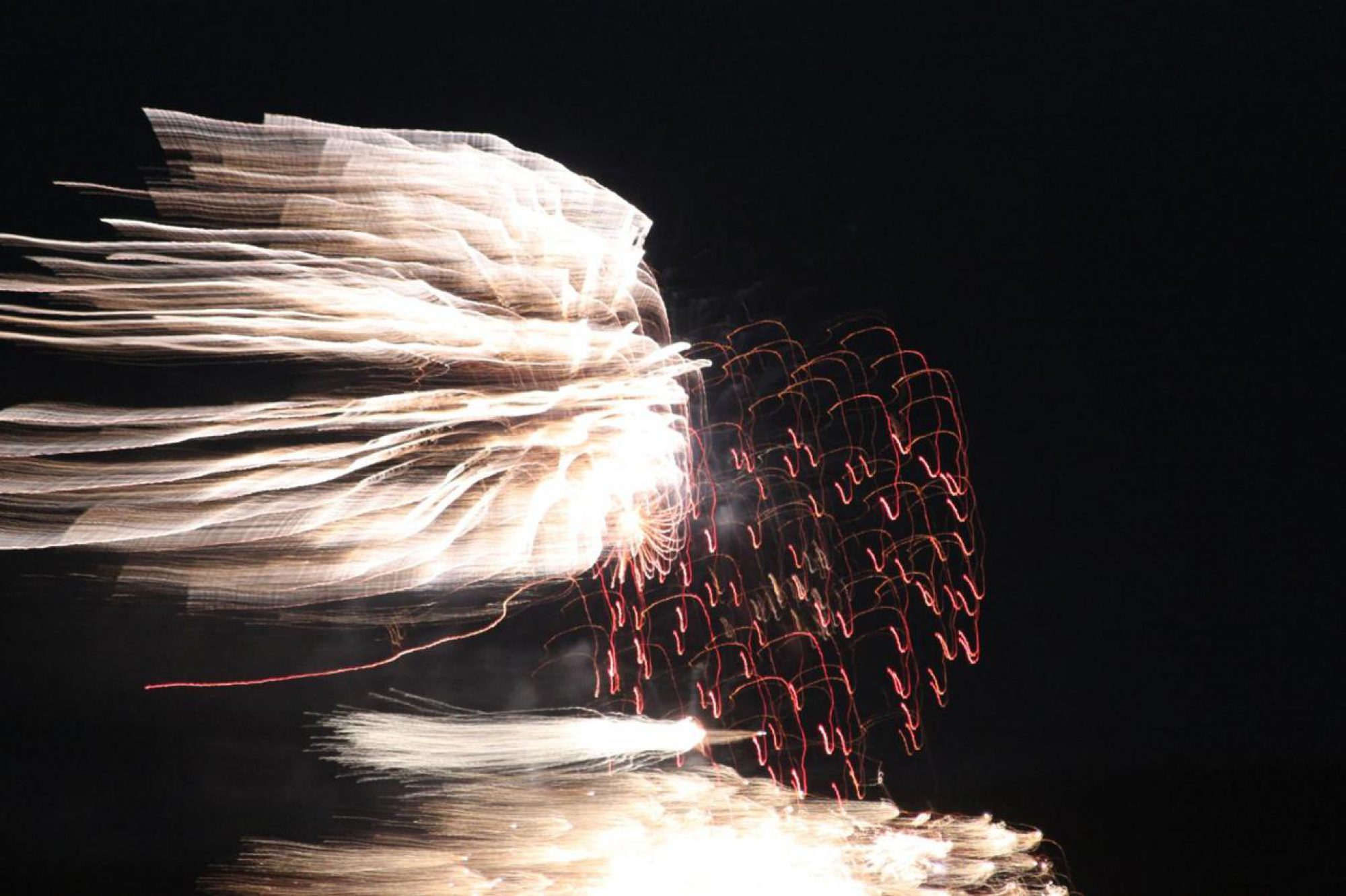Von Elisabeth Gauthier liegt eine informative Zusammenstellung vor:
The French regional elections reflect the crisis of the political system and modify the political balance of forces. Some characteristics.
- A new abstention record: 53,6%. The Regional elections are national elections in the sense that all regions vote at the same day, but they are not considered as structuring the national political power as the presidential or legislative elections. The different Left lists developed argumentations saying that the regions could / should become counter-powers to Sarkozy’s anti-social reforms, spaces with a better protection for the populations.
- The worst result for the parliamentary Right since the beginning of the 5th Republic. A punishment of Sarkozy and the government. 26,3% for the UMP, without reserves for the second round. It is quite unlikely that the UMP can win one new region, and it is possible that the president’s party loses one of the 2 Regions governed by them since 2004.
- The Front National benefits from the loss of trust in the UMP, the rising resentments during the crisis, and the tensions triggered by the public debate on “national identity” initiated by the President Sarkozy aiming at mobilizing far right voters for the UMP. The FN scores 11,6% (15% in 2004; but higher than in the European elections). Jean Marie Le Pen himself attained 20% in a southern region with very big inequalities, and his daughter almost19% in a (poor) northern region.
- The Socialist Party became the first party, with 29,5%. Probably it will be able to win 20 or 21 Regions from the 22. (2004: 20/22). The best result is attained by Segolene Royal in her Region (39%): However she lost her influence inside her party. The socialist party progressed compared to 2004, and particularly compared to the European Elections (16,8%). This does not mean that the voters regained trust in the Left. 69% think that neither the Right nor the Left is able to overcome the crisis.
- Europe Ecology attains 12,5%. In 2004, the Greens were generally on the PS-leaded lists since the first round. In 2010, Europe Ecology presents autonomous lists in the first round (with green activists and personalities from the civil society). The result give to this lists a higher influence, but less compared to the European elections (16,3%).
- The defy to prevent a center-left alliance and to give momentum to a new left dynamic. Bayrou’s Modem doesn’t pass the barrier of 5% and therefore is not able to merge for the second round and to become the partner for a new kind of gathering of political forces in the center, in accordance with Cohn Bendit’s Europe Ecology, or Royal’s currant in the Socialist Party. The gap right/left so is confirmed. Europe Ecology is obliged to stay positioned within the left. The Socialist Party was in this last period obliged to appear more susceptible to the social questions. The Front de Gauche presented as on of the main aims of its lists to exceed the score of the Modem, to favour the emergence of a new really left dynamic and to prevent alliances between the Left and the Modem.
- Besancenot’s NPA (2,5%), refusing (except in 2 regions) the alliance with the Front de Gauche, appeared as isolated, and could not reach the 5%. This has not been the case in the Region Ile de France where Besancenot was candidate. While all the composites of the so called ‘governmental left’ are in progress, it is not the case for the NPA nor LO.
- Le Front de Gauche is the third left force. All the comments acknowledge that it still is part of the political landscape and that this fact can not be ignored by the Socialist Party. It is composed by PCF, the new “Parti de Gauche”, the “Gauche Unitaire” (former NPA members) and other little left organisations, with the contribution of trade unionists and personalities form the civil society) and it was able to present lists in 17 / 22 Regions. The national average is 5,9 %, but in the 17 Regions, the average is 6,95%, a little progress since the European elections (6,45). One region 4,7%; and 4 Regions more than 10% (the highest result Auvergne 14,3%). In 2 Regions good results with participation of the NPA (8% Languedoc Roussillon; 13,13% Limousin). Région Ile de France 6,6%.


